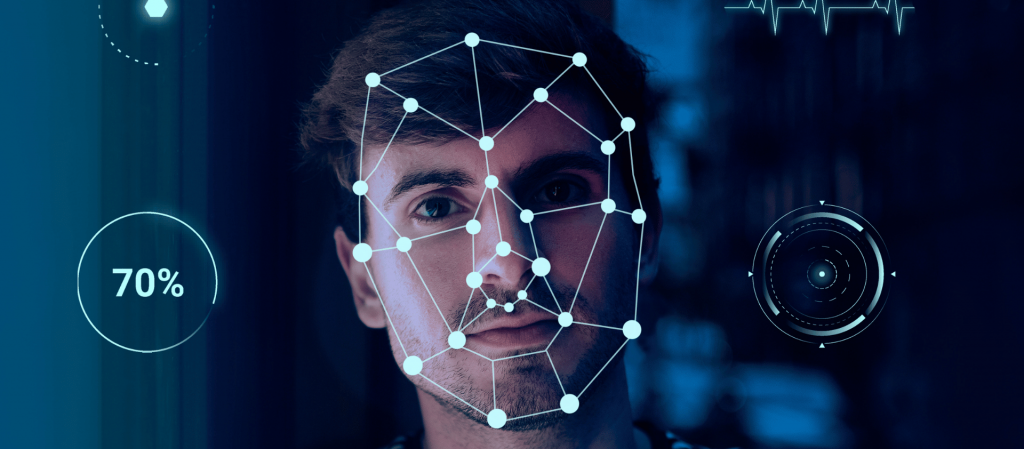In the era of facial recognition technology, the question arises about the real effectiveness of biometric authentication. It is important to be aware of the limitations of this security method and to be alert to possible fraud attempts.
Cybersecurity experts have issued an alert about the spread in Latin America of the “false face scam“, in which cybercriminals use mannequins and photographs of their victims to open bank accounts and apply for loans, fooling verification applications biometrics of financial institutions. Despite the fact that a large percentage of Latin Americans trust biometric solutions as secure, this new type of threat highlights their vulnerability.
The facial biometrics system is based on the detailed analysis of the facial structure, and its features, in order to identify key points that distinguish one face from another. Estimates indicate that this modality has resulted in losses close to US$200,000.
Acquiring a user image is easier than you might think: simply obtain images of personal documents or search for photos online, print them life-size, and then attach them to a mannequin to use for facial verification during account opening. This is how cybercriminals manage to get hold of users’ identities and perpetrate fraud.
In addition to biometrics, it’s important to have another layer of security, whether it’s through passwords that include digits or another form of biometrics. A truly secure device is not one that is easily accessed, but one that is protected by multiple layers of security.
At INSSIDE Cybersecurity we analyze and evaluate the integration between applications and facial biometric solutions in order to detect vulnerabilities that could lead to fraud. We review digital on boarding and transaction validation applications that use facial biometrics as an identity verification solution.
For more information contact INSSIDE

